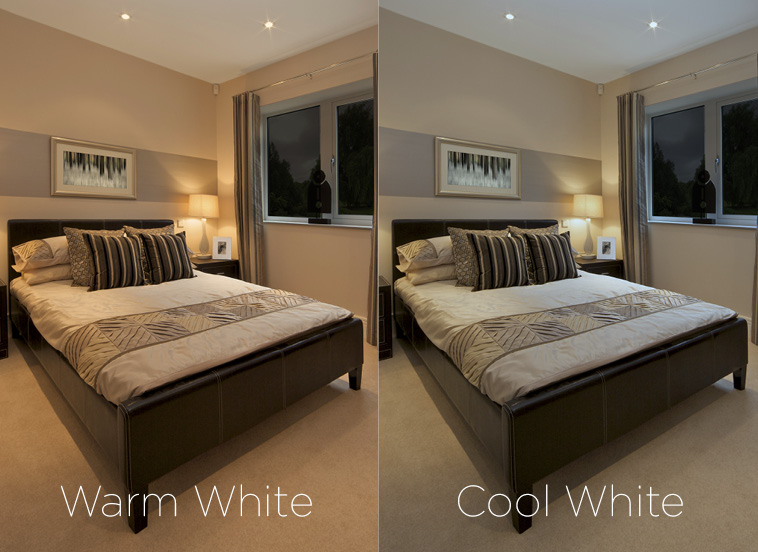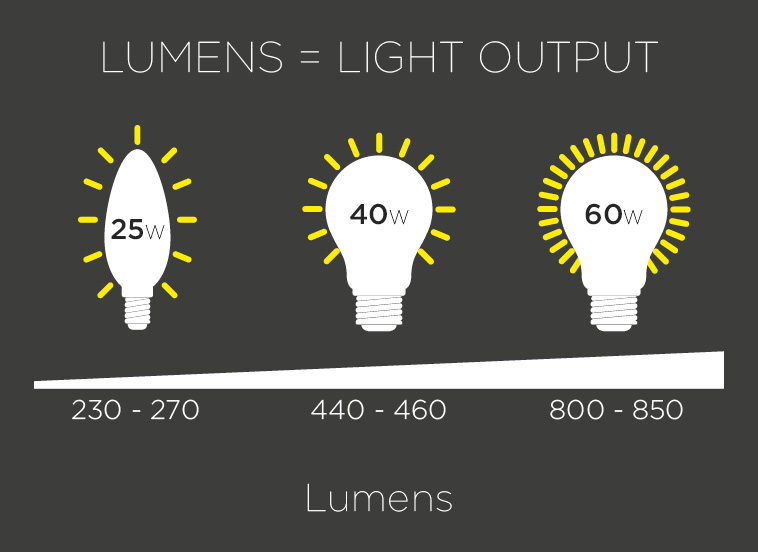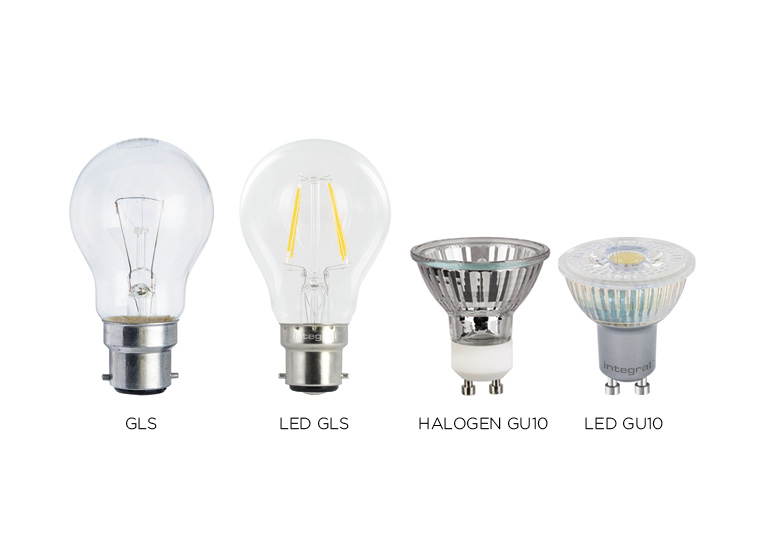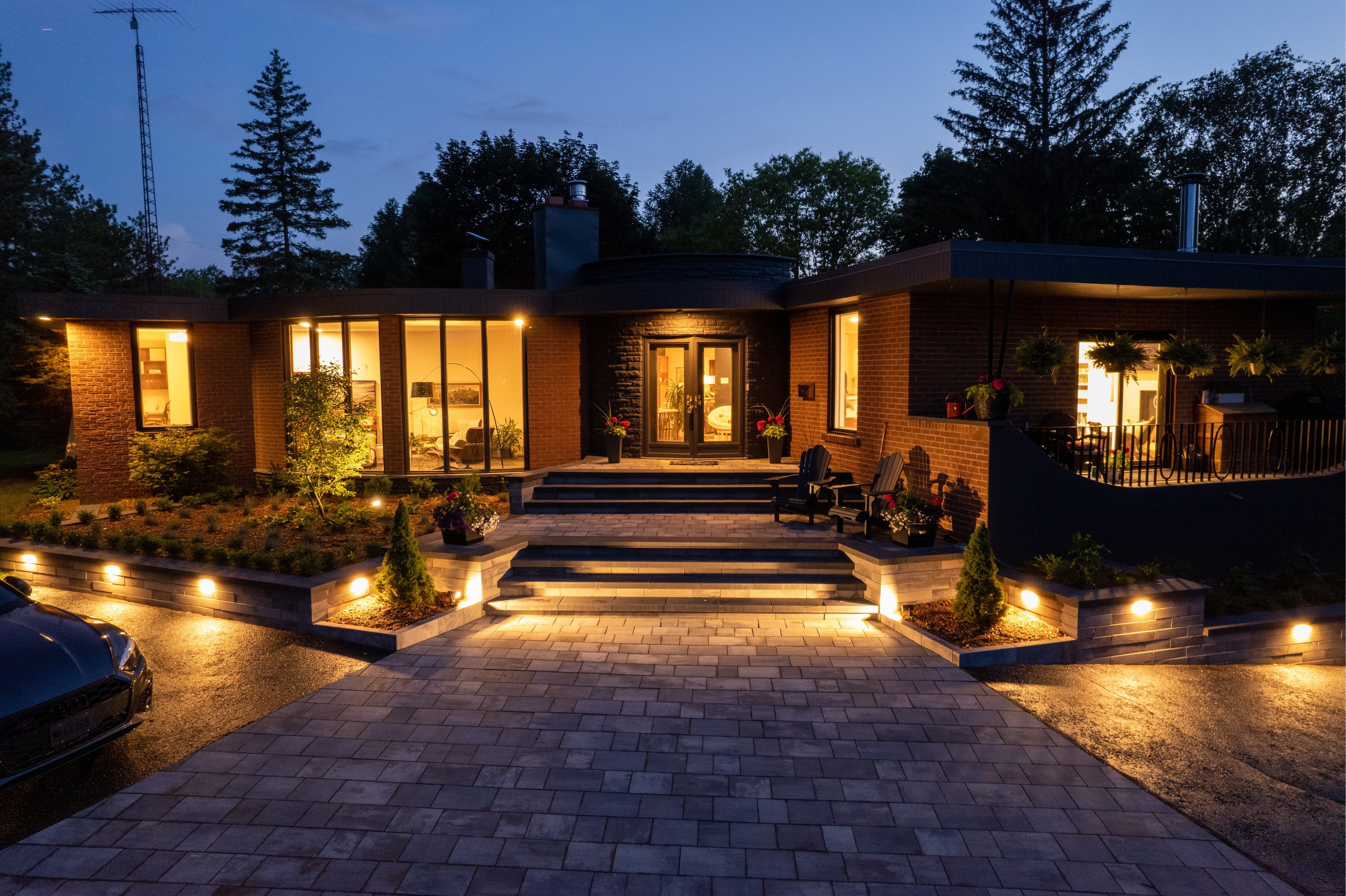Protecting the Nighttime: What to Consider When Installing Exterior Lighting
Exterior lighting is a must in our modern world, but it is a double-edged sword. Offering improved safety, navigability and usability of spaces after dark, outdoor lights are a major factor in the ecological and aesthetic problem of light pollution often caused by excessive, badly shielded and misdirected light. When poorly designed or incorrectly installed, outdoor lighting disrupts ecosystems, wastes energy, obscures the stars and even impacts on human health. Recognising these challenges, we must all adopt comprehensive strategies to minimise light pollution and its adverse effects.
Outdoor lighting products should be carefully selected to ensure their design will reduce the risk of environmental impact. Luminaires incorporating advanced lens technology, appropriate shielding and enhanced glare control play a pivotal role in minimising upward light emission, preventing unnecessary release into the night sky.
In addition to selecting suitable fixtures, lighting professionals should align their schemes with the five 'DarkSky Design' principles. First and foremost, light should serve a clear purpose and benefit. When designing an exterior lighting scheme, one should undertake a thoughtful assessment of the intended goals of exterior lighting, considering its impact on the specific area and potential effects on local wildlife and emphasising the importance of purpose-driven lighting design. By understanding the unique requirements of each location, lighting professionals can tailor designs to enhance safety, usability, and aesthetics without compromising the surrounding environment, disrupting ecosystems or interfering with the natural behaviours of fauna in the vicinity.
The second principle underscores the importance of targeted illumination while avoiding spillage into neighbouring spaces. Using a strategic approach where light is directed purposefully to serve its intended function, designers can enhance efficiency and reduce the overall environmental impact of outdoor lighting systems. This targeted approach not only contributes to a more visually appealing and controlled ambiance but also mitigates the potential disturbance to nearby residents or ecosystems, fostering a harmonious coexistence between human activities and the natural environment.
By maintaining low-level illumination, designers and installers can ensure that outdoor lighting provides only the essential amount of light without unnecessary brightness. This approach not only enhances energy efficiency but also contributes to the reduction of light pollution, minimising the adverse effects on the surrounding ecosystem, preventing excessive sky glow, and fostering a nighttime environment that is both functional and environmentally responsible.
Implementing fully controllable lighting systems is another key strategy for minimising light pollution. Outdoor lighting products equipped with integrated controls, such as dimmable functionality, selectable colour temperature, and selectable power function, offer versatility to optimise colour, performance and energy usage. Incorporating daylight sensors, motion sensors and schedules or timers through smart lighting control ensures that lighting is active only when necessary, contributing to significant energy savings and reducing the potential environmental impact.
Finally, the colour temperature of light sources is also critical in reducing light pollution. Opting for warmer colours with a correlated colour temperature (CCT) of 3000K or less ensures a lower blue-violet component. Cooler colour temperatures emit more blue light, which has been shown to disrupt our own circadian rhythms, interrupt natural wildlife behaviours and exacerbate sky glow.
Furthermore, adherence to established guidelines and best practices, such as those outlined in Lighting Guide 21, the Society of Light and Lighting (SLL) Handbook, and the Clean Neighbourhoods and Environment Act 2005, ensures a comprehensive approach to environmentally friendly lighting design. Complying with the environmental zoning system of CIE 150:2017 reinforces the commitment to responsible lighting practices, aligning designs with legal standards and fostering a more sustainable coexistence with the environment.
While outdoor lighting remains an indispensable aspect of modern living, its impact on the environment demands careful consideration and responsible design. By adopting the recommended strategies, lighting professionals can actively reduce light pollution, creating outdoor spaces that balance human needs with ecological preservation and demonstrate a commitment to the stewardship of the night-time environment.
Suggested Articles:



HIGHEST
QUALITY
COMPETITIVE
PRICES
EXPERTISE
EXTENSIVE
STOCK
NEWSLETTER
Sign-up to our newsletter and stay up to date with the latest product information and special offers.





